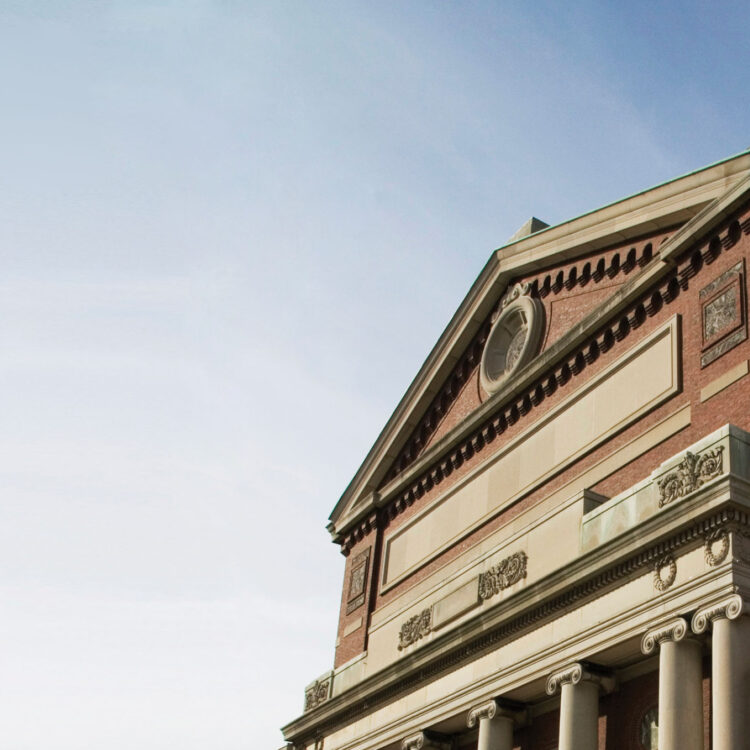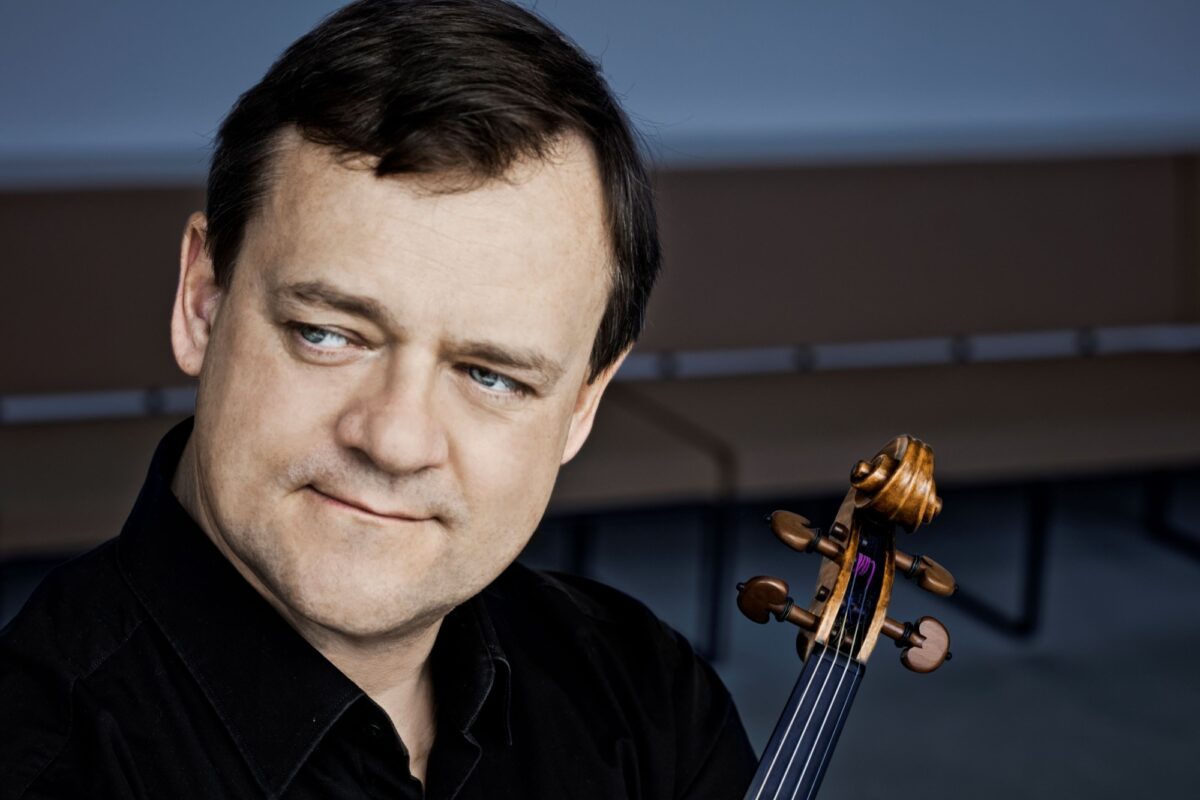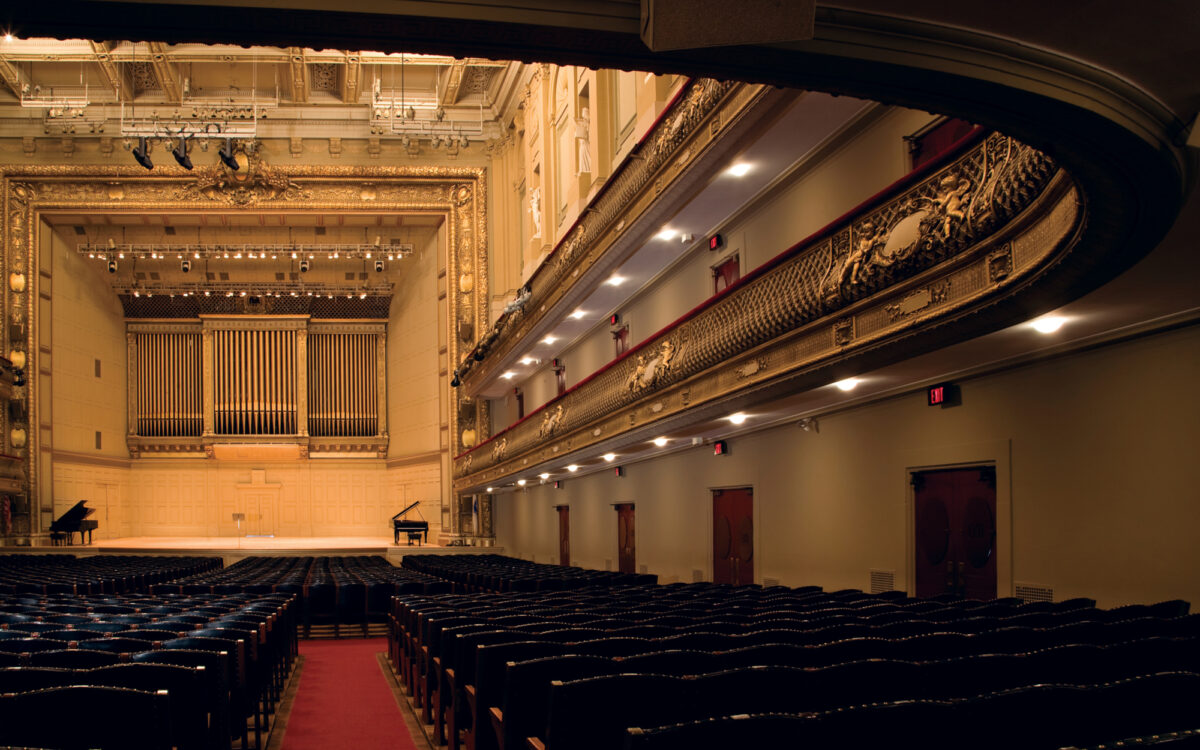Elgar Violin Concerto with Frank Peter Zimmermann

Boston Symphony Orchestra
Symphony Hall, Boston, MA
Dima Slobodeniouk, conductor
Frank Peter Zimmermann, violin
Adolphus HAILSTORK Lachrymosa: 1919
STRAVINSKY Symphony in Three Movements
-Intermission-
ELGAR Violin Concerto
Dima Slobodeniouk leads three works, all notable for their proximity to wartime. Edward Elgar’s Violin Concerto can be seen in retrospect as an idyllic calm before the storm of World War I. Adolphus Hailstork’s Lachrymosa: 1919 explores the Red Summer of 1919, a deadly backlash against Black American prosperity in the wake of the war. Stravinsky’s Symphony in Three Movements was the composer’s dark reaction to the universal devastation of World War II.
Saturday evening’s concert is generously supported by Alan and Lisa Dynner.
Saturday evening’s performance by Frank Peter Zimmermann is generously supported by Dr. Dorothy A. Weber, in memory of Stephen R. Weber.
Pre-concert Talk
The April 4 performance will include a pre-concert talk starting at 12:15pm with music and culture historian Lucy Caplan.
Performance Details
Apr 3, 2025, 7:30pm EDT
Program Notes & Works
Lachrymosa: 1919
Adolphus Hailstork’s powerful, meditative Lachrymosa: 1919 is a lament for those lost in the anti-Black violence of the "Red Summer."
Symphony in Three Movements
Stravinsky described his Symphony in Three Movements as a reaction to World War II, “linked in my imagination with a concrete impression, very often cinematographic in origin, of the war.”
Violin Concerto in B minor, Opus 61
The retrospective poignancy of Elgar’s Violin Concerto seems to preemptively memorialize an era of English and European prosperity and empire soon be shattered by the calamity of World War I.











